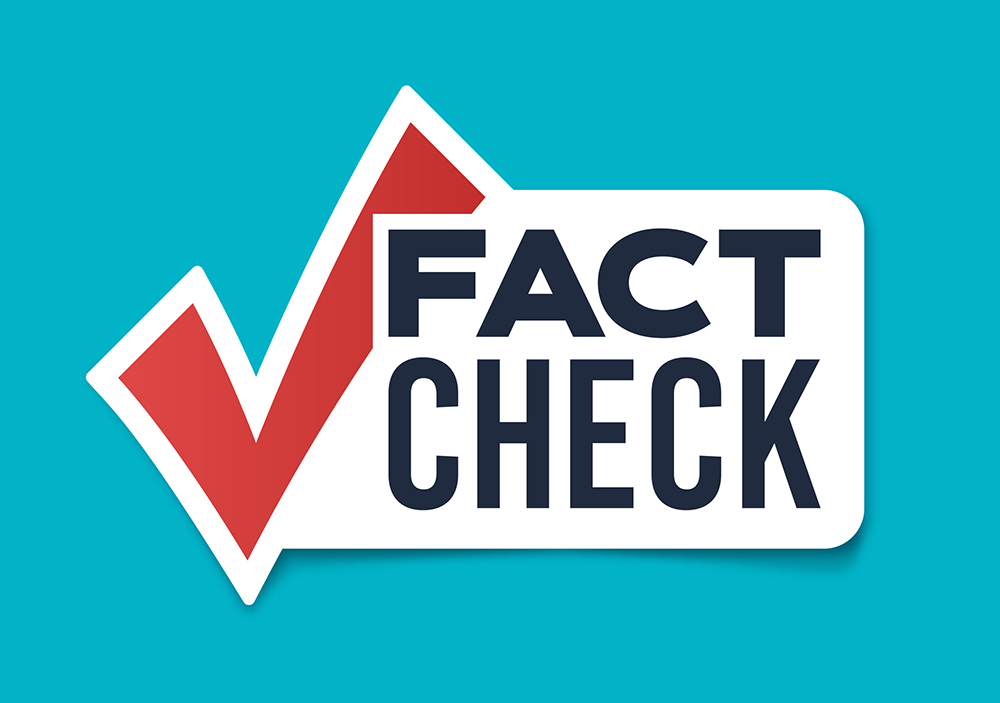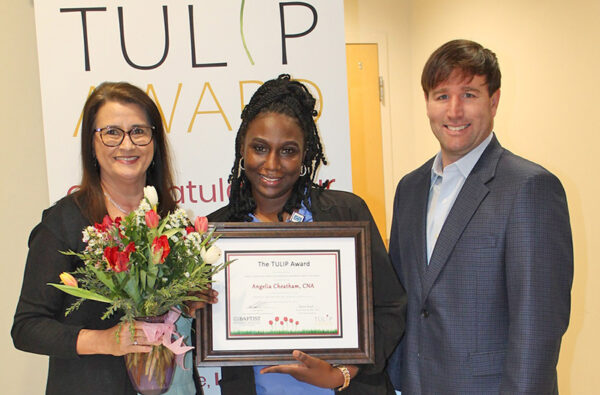Although the COVID-19 vaccines continue to reduce the transmission of the virus and hospitalizations dramatically, many people still have concerns about their safety. Here are some answers to the most asked questions about the COVID-19 vaccines:
Yes. Despite the accelerated process by which they were created and mass produced, all the vaccines that earned emergency use authorization from the U.S. Food and Drug Administration underwent exhaustive clinical trials, monitoring and reporting to ensure their safety and effectiveness. While the vaccines were manufactured rapidly to create an ample supply, the testing phases of the vaccines were not shortened or streamlined.
Scientists were able to develop effective COVID-19 vaccines thanks to a number of factors unique to the COVID-19 pandemic and modern technology:
A massive rise in cases – Most vaccines have to wait for widespread infection to conduct larger trials. The fast, broad transmission of the virus that causes COVID-19 in the early stages of the pandemic created huge numbers of new cases all around the world. As a result, it took less time to identify enough trial participants to contract COVID-19, so researchers needed less time to determine how well the vaccines work.
Use of technology – Most vaccines require growing the virus in eggs or cell cultures in a lab, which can take a long time. The messenger RNA technology, used to create two of the first vaccines, requires manufacturing short copies of the virus’s genetic sequencing in a lab. These man-made strands contain the mechanism that prompts our immune systems to create the necessary antibodies to fight the COVID infection.
Huge financial investment – Most vaccines develop slowly due to a lack of adequate funding for research. Historically, it takes months or years for researchers to secure the necessary financing. However, the urgency created by the global pandemic resulted in massive worldwide financial investment, allowing researchers to mobilize trials quickly, move into each research phase quickly, and begin manufacturing early.
Federal involvement – The first two vaccines were released through the use of an Emergency Use Authorization (EUA) from the U.S. Food and Drug Administration (FDA). EUAs were developed by the FDA in 1930 and have become more relevant after 9/11 because of the increased risk of a bioterrorism threat. The main purpose of an EUA is to facilitate the availability and use of medications needed during public health emergencies like a global pandemic.
As the table below shows, the side effects of both the Pfizer and Moderna vaccines are similar to the routine, expected reactions to other commonly used vaccines. Severe reactions to these two vaccines have been seen in less than 1% of all recipients after the first dose, and less than 2% of all recipients after the second dose.
| Shingles Vaccine |
Pfizer COVID Vaccine |
Moderna COVID Vaccine |
Influenza Vaccine |
Placebo | |
| Local Pain | +++ | +++ | +++ | ++ | + |
| Fatigue | +++ | +++ | +++ | + | ++ |
| Headache | +++ | +++ | +++ | + | +++ |
| Muscle Aches | +++ | ++ | ++ | + | + |
| Swelling | ++ | + | + | + | + |
| Fever | ++ | + | + | + | + |
| Upset Stomach | ++ | + | + | + | ++ |
| Overall | +++ | ++ | ++ | + | + |
There were reports of a small number of women who developed a rare type of blood clot after receiving the Johnson & Johnson vaccine, and use of that vaccine was discontinued until those cases could be studied. After studying these cases, the FDA and the Centers for Disease Control and Prevention (CDC) concluded that the chance of developing blood clots following vaccination is extremely low and that the benefits of the vaccine outweigh the risks. The Johnson & Johnson vaccine has been reinstated for use for all individuals 18 years of age and older. However, women younger than 50 should be aware of the rare but increased risk of developing a blood clot. Women in this age group may want to consider getting the Pfizer or Moderna vaccine instead.
The risk for long-term side effects from the COVID vaccines are believed to be no different than the flu vaccine. It is rare to experience side effects more than two weeks after receiving an FDA-approved or authorized vaccine.
Keep in mind, many vaccine trial participants were vaccinated in the summer of 2020, and none of the participants reported long-term side effects from the vaccine. Still, researchers will continue to monitor them and report any issues.
It is worth noting, however, that a significant number of people who contracted COVID-19 continue to experience physical and mental problems many months after recovering from the infection.
If you tested positive for COVID-19 and recovered, we recommend you still get the vaccine because it is not clear how long your natural immunity will last, and reinfection is possible. However, if you received convalescent plasma or COVID antibody infusions as part of your treatment for COVID-19, you should wait 90 days after your last treatment before getting the vaccine.
People are considered fully vaccinated two weeks after their second dose of the Pfizer and Moderna vaccines, and two weeks after receiving one dose of the Johnson & Johnson vaccine.
If you received the Pfizer or Moderna vaccine, it is very important that you get the second dose to get the full effect of the vaccine.
When you get the vaccine, you’re protecting yourself and the people around you because the vaccine helps prevent you from contracting and spreading the disease to others. The more people get vaccinated, community transmission occurrences can be reduced. This concept is called community immunity, or herd immunity. And it’s an important reason for you and your family to get vaccinated — so you can help keep yourselves and your community healthy.
Stopping a pandemic requires using all the tools we have available. Wearing masks and staying 6 feet apart from others will help reduce your chance of being exposed to the virus or spreading it to others, but these measures are not enough. Vaccines work with your immune system so it will be ready to fight the virus if you are exposed. Germs can travel quickly through a community and make a lot of people sick. But when enough people are vaccinated against a certain disease, the germs can’t travel as easily from person to person — and the entire community is less likely to get the disease. That means even people who can’t get vaccinated will have some protection from COVID. And if a person does get sick, there’s less chance of an outbreak because it’s harder for the disease to spread. Eventually, the disease becomes rare — and sometimes it’s wiped out altogether.
No. Unfounded claims linking COVID-19 vaccines to infertility have been scientifically disproven. Furthermore, more than 70,000 women became pregnant after receiving the COVID-19 vaccine, and none of them reported any problems. The American College of Obstetricians and Gynecologists (ACOG) recommends vaccination for all eligible people who may want to get pregnant in the future.
Right now, we don’t know for sure. Herd immunity, also referred to as community immunity or population immunity, means that enough people in a community are protected from getting a disease because they’ve already had the disease or because they’ve been vaccinated. We are still learning how many people have to be vaccinated against COVID-19 before most people can be considered protected. Also, we are still learning how effective the vaccines are against the new variants of the virus that cause COVID-19.
New variants of the virus that cause COVID-19 are spreading in the United States. Current data suggest that COVID-19 vaccines authorized for use in the United States offer protection against most of these variants. However, some variants might cause illness in some people after they are fully vaccinated. The CDC is monitoring the data and will continue to update their recommendations for both vaccinated and unvaccinated people. In addition, experts continue to monitor COVID vaccine study participants to see if a booster shot is needed in the future for those who have been vaccinated.






